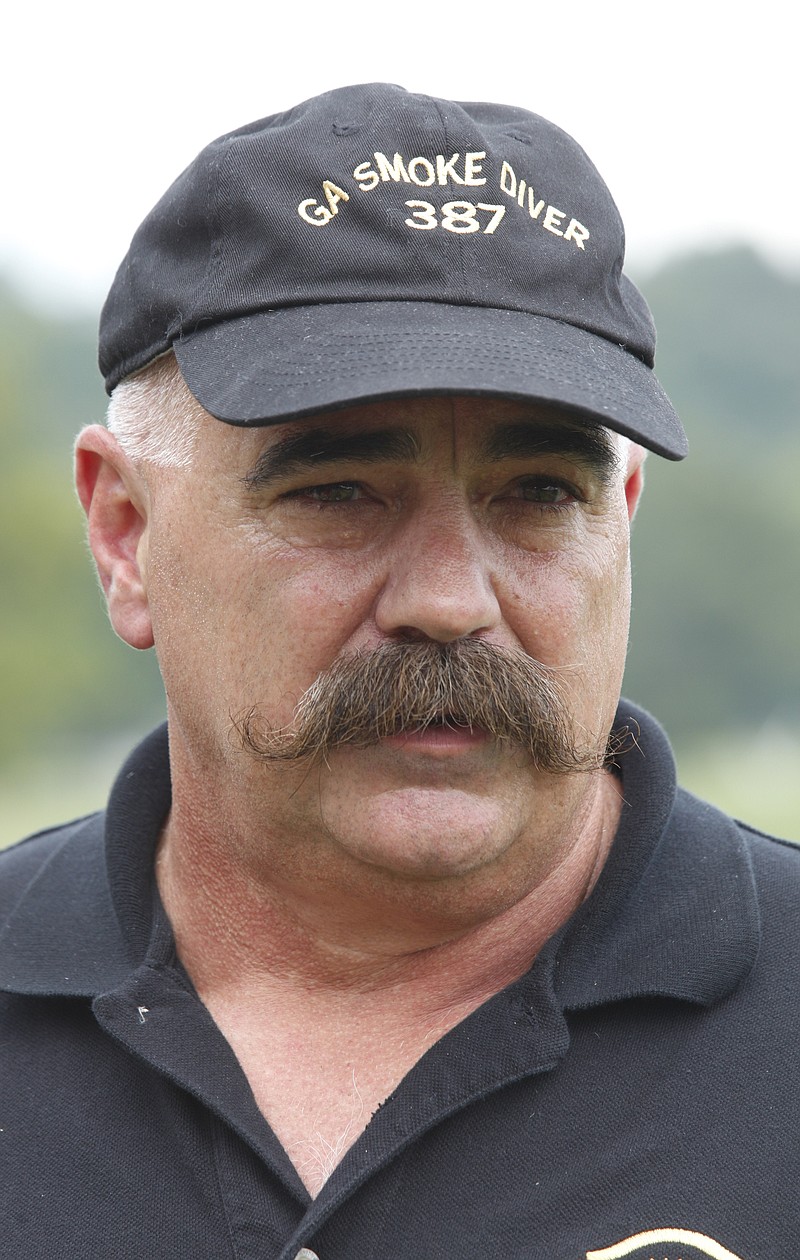As part of Catoosa County's ongoing effort to update its fire fleet and improve response times, the Catoosa County Commission approved the purchase of several million dollars worth of rescue vehicles and other fire equipment during the Aug. 15 meeting. Officials also agreed to accept bids for the remodeling of Station 3 in Graysville to better equip it for the high volume of calls it receives.
The vehicle purchases are part of a months-long process in which Fire Chief Randy Camp has worked to replace around 40 percent of the department's fleet to modernize it and save money in the future. Among the replaced vehicles were fire engines from the 1970s and '80s which had far surprassed their expected lifespan for usefulness. Additionally, the older engines lack modern safety features such as rollover protection for the firefighters, Camp said.
He plans to purchase five 2,000-gallon pumper trucks for roughly $1.65 million and six light rescue vehicles for a total of $862,000. The funds will come out of the 2009 and 2014 SPLOST.
Camp said the light rescue vehicles will play a key role in the department's strategy to get to calls quickly, and will add years onto the service life of the county's current fleet of fire engines. He expects the LRVs to respond to around 75 percent of the department's calls.
Given that the vast majority of calls the fire department responds to are medical calls, Camp said it doesn't make sense to unnecessarily send a fire engine, due to the vehicle's size and gas mileage, when a smaller vehicle would transport firefighters to emergencies more efficiently.
"In my experience in Atlanta, a truck would last us about five to eight years of service because we took them everywhere," he said. "When the departments moved to smaller vehicles, the engines last longer."
As it stands, the county's fire engines get roughly 4 miles to the gallon, while the LRVs will get more than triple that. During a previous commission meeting, Camp said the county spent nearly $100,000 on vehicle repairs and maintenance in 2016, a figure he said will only go up.
The pumper trucks, meanwhile, will help better serve communities and households that are far from a fire hydrant, as well as enable the department to better fight car fires and brush fires along the interstate and highways. The current pumper trucks used by the county can support firefighting efforts for almost four minutes, while the new pumper tankers can provide water for over 10 minutes of nonstop firefighting.
Email Shane Foley at sfoley@timesfreepress.com.
